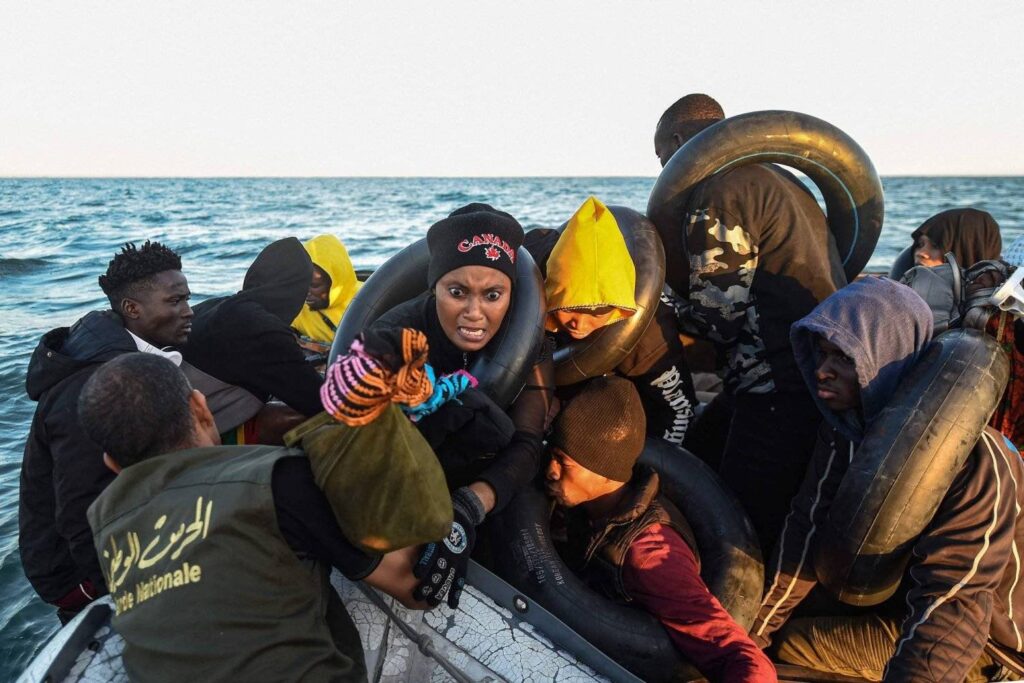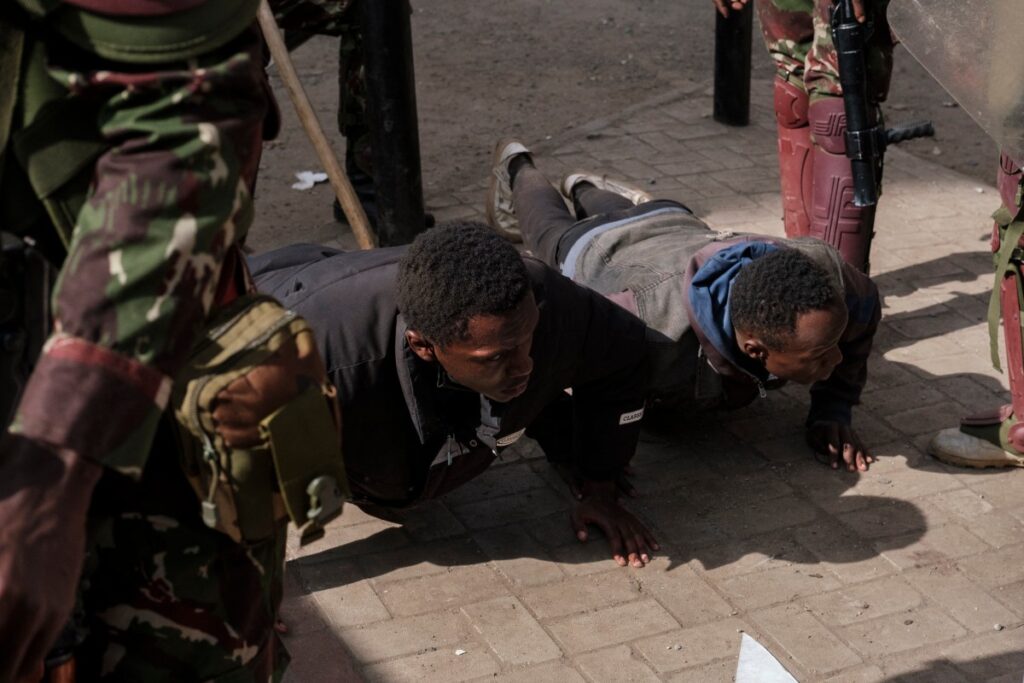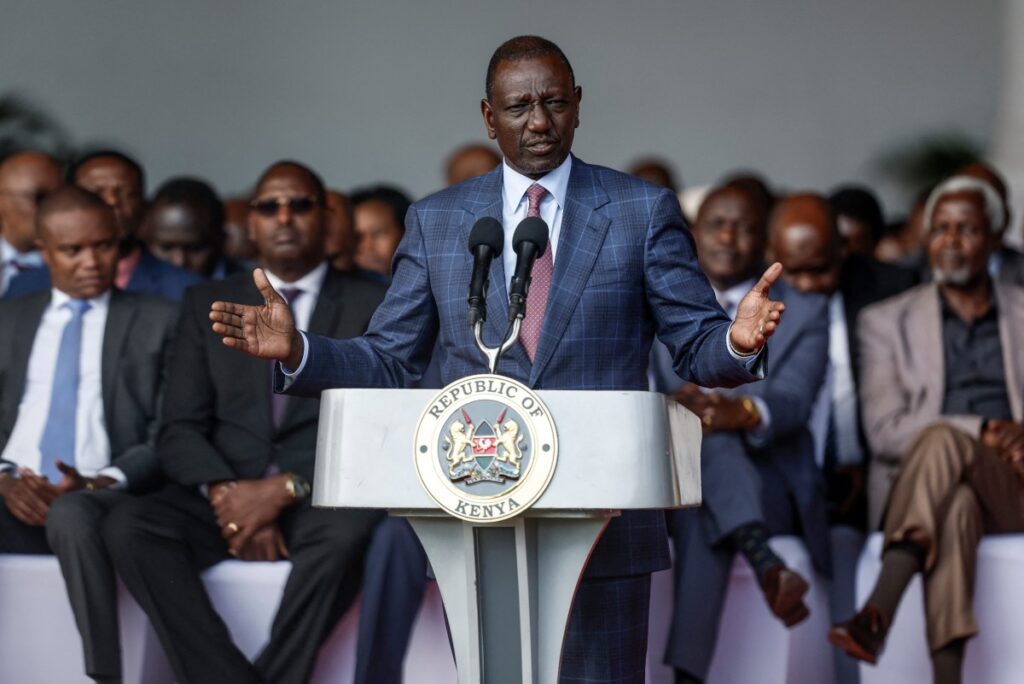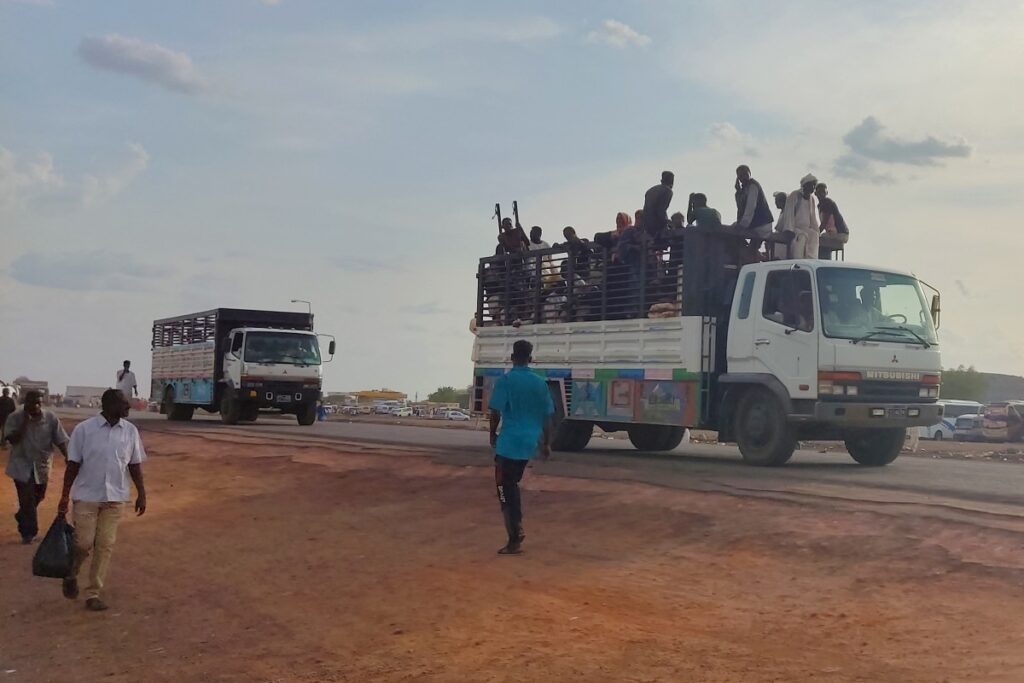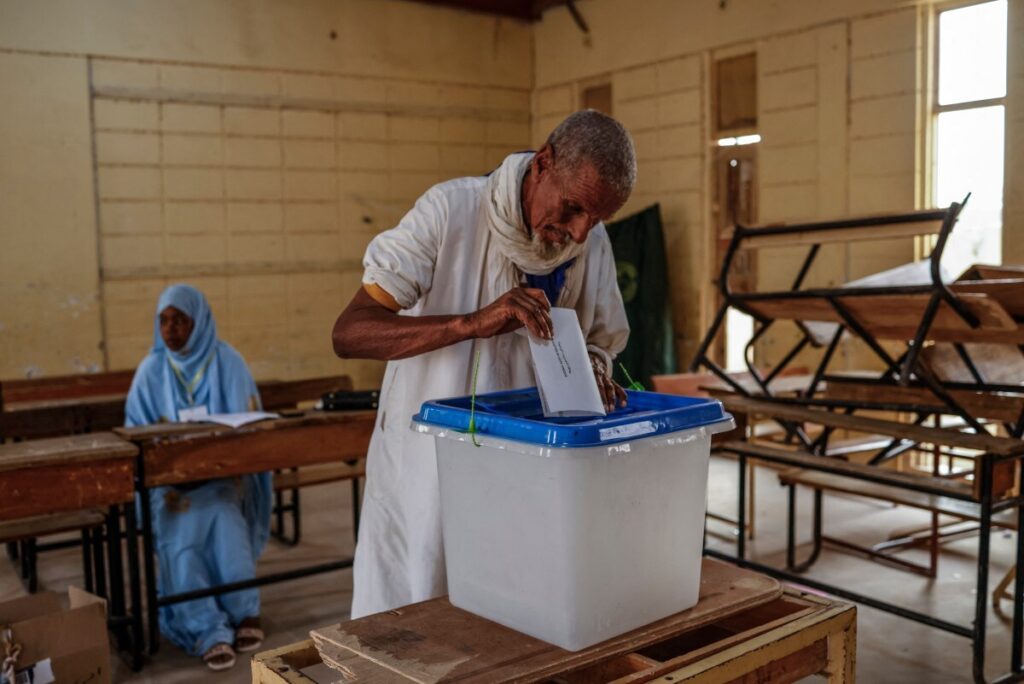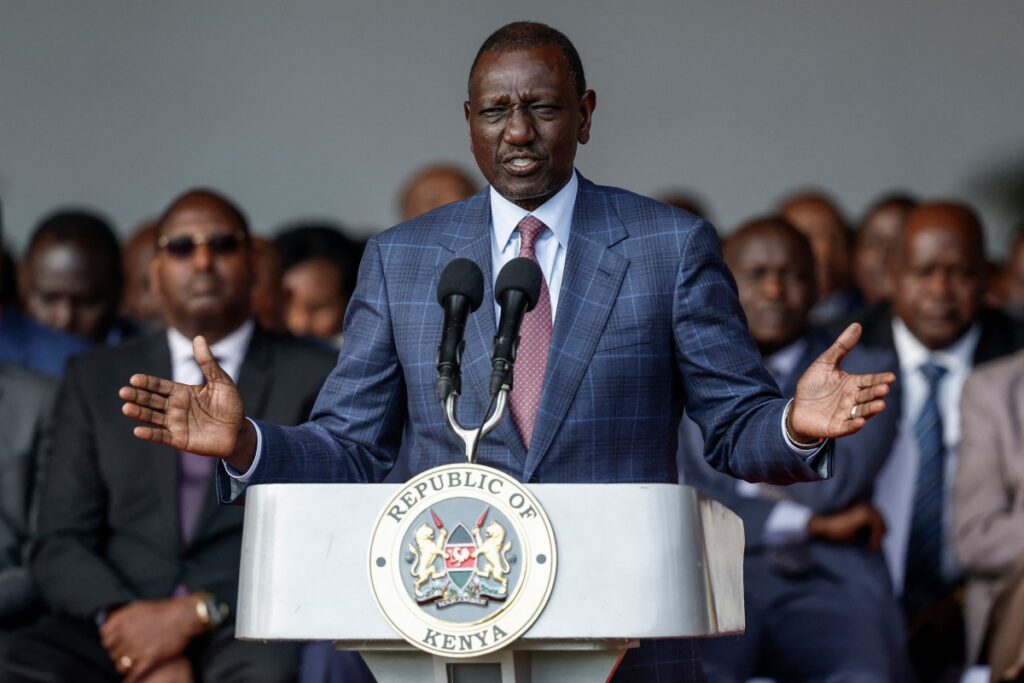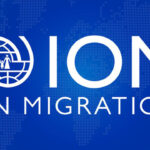
A new report released yesterday by the United Nations International Organisation for Migration (IOM) and launched by the African Union Commission (AUC) has shown alarming trends in migrant deaths and disappearances over the past decade, noting that one in three migrants’ deaths occurs in the course of fleeing conflicts.
More than one-third of deceased migrants, whose country of origin could be identified, come from countries in conflict or with large refugee populations, highlighting the dangers faced by those attempting to flee conflict zones without safe pathways, noted the new report titled ‘A Decade of Documenting Migrant Deaths’ which is part of efforts to mark the 10-year milestone of IOM’s Missing Migrants Project.
Since tracking began in 2014, more than 63,000 people have died or are missing and presumed dead, with 2023 the deadliest year yet when over 8,500 deaths were recorded.
Spokesperson at IOM’s Global Data Institute, Jorge Galindo, said: “The figures are quite alarming. We see that 10 years on, people continue to lose their lives in search of a better one. Most people and over 60 per cent of deaths recorded by the project are due to drowning.”
Among the report’s key findings is the high number of unidentified deaths. More than two-thirds of migrants whose deaths were documented remain unidentified.
Other findings show that conflict and violence remain the main drivers of displacements and movements in Sub-Saharan Africa, worsened by increasing climate shocks and hazards. The report highlights that migration primarily occurs within the African continent, rather than beyond its borders.
The interlinks between migration drivers in Africa, including economic disparities, political instability and impacts of climate change are also emphasised in the document
Prolonged drought in the Horn of Africa and severe seasonal flooding across the continent evidently led to record internal displacements in 2022.
“Conflict, violence and climate-induced disasters are major drivers to displacement in Africa and around the world,” IOM Director General, Amy Pope, said.
Contrary to other parts of the world, new conflicts have increased displacements in Sub-Saharan Africa, where nine million people were displaced in 2022 while climate shocks led to 7.4 million others.
The report also points out the need for governments to commit to safeguarding the welfare of migrants and to coordinate migration related policies across Africa.
“We convene today to launch the Africa Migration Report, 2nd Edition, a crucial joint initiative Africa Union and IOM aimed at preserving historical perspectives, portraying the right narrative on African migration while informing policy frameworks to support migration and human mobility on the Continent,” Ambassador Minata Samate Cessouma, AUC Commissioner for Health, Humanitarian Affairs, and Social Development (HHS) submitted.
While acknowledging the potential of Africa’s regional cooperation initiatives such as the African Continental Free Trade Area (AfCFTA), the report also underlines the intricate nature of human mobility on the continent, calling for a welfare-centric approach in the management of mobility.
The second edition of the African Migration Report builds on the findings of the first edition, Challenging the Narrative, released in 2020, which found that contrary to popular belief internal migration on the continent surpasses external migration.
Both reports continue to emphasise the role of well-crafted government policies in managing human mobility, particularly in light of constraints experienced during the COVID-19 pandemic.

